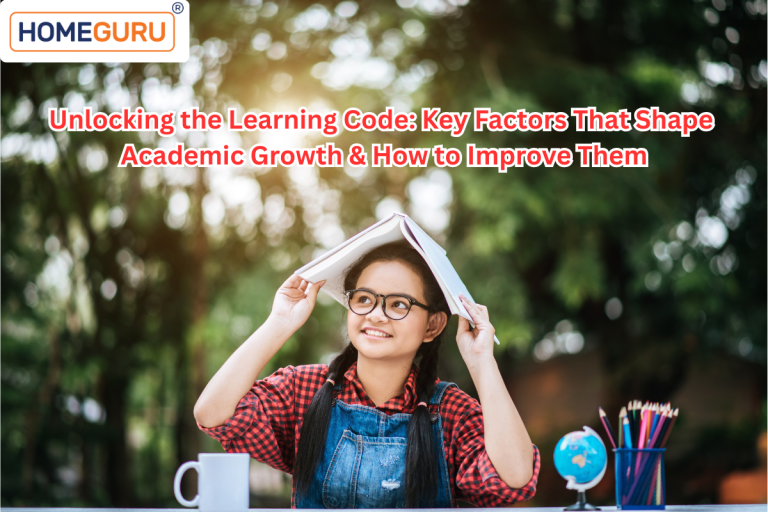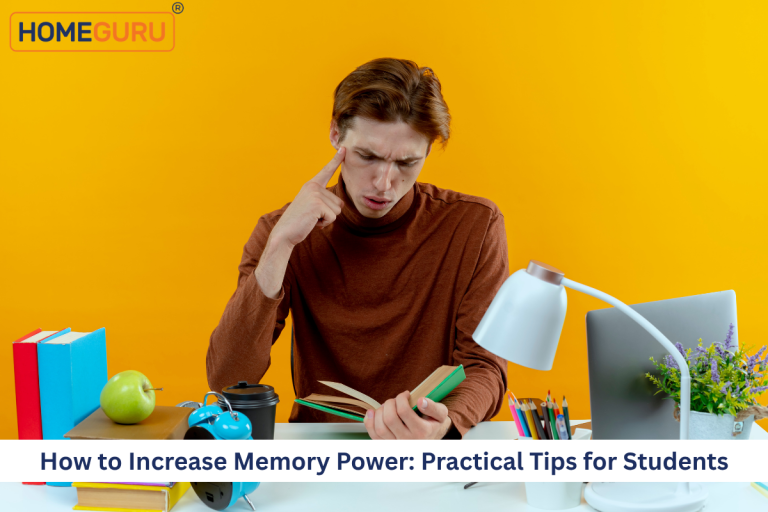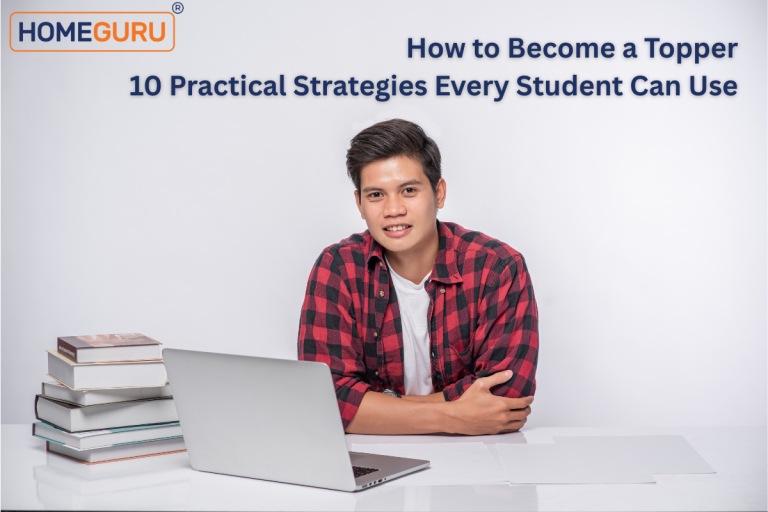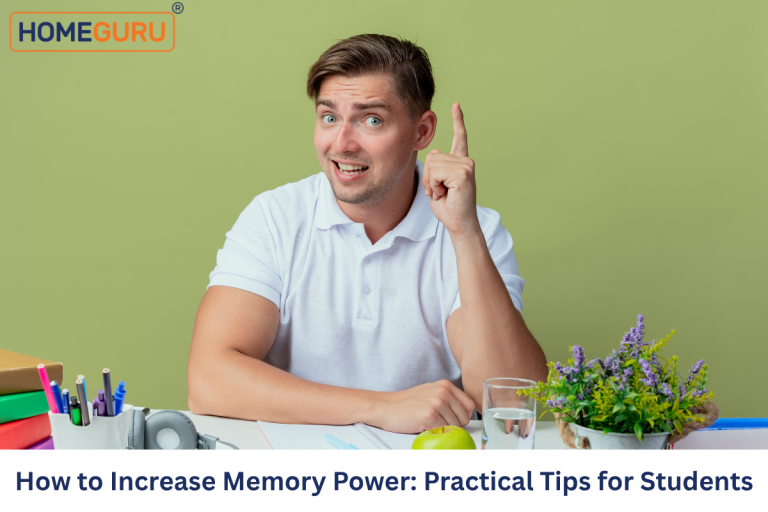
The Playground Paradox: Why Mixing Theory with Practice Makes Learning Magical!
Imagine this: you’re perched on a swing set, soaring high above the ground, the wind whipping through your hair. Suddenly, a friend excitedly yells, “Look! I can almost touch the clouds!” This exhilarating moment perfectly embodies the joy of childhood – a blend of carefree play and the thrill of discovery. But what if we told you that this very experience holds the key to unlocking a more effective way of learning?
In the world of education, a debate has simmered for years: theory vs. practice. Should we prioritize rote memorization of facts (theory) or focus on hands-on activities (practice)? The answer, as with the perfect swing set experience, lies in a beautiful balance – the magic of mixing theory with practice.
The Power of Play: Learning by Doing
Think back to your own childhood. Did you learn to ride a bike by memorizing a textbook chapter, or by trial and error, feeling the wind rush past your face as you wobbled (and maybe even fell) a few times? The answer is clear. Learning through practical experiences is not only more engaging, but also more effective for retaining information.
Here’s why:
- Engages Multiple Senses: Hands-on activities stimulate different parts of the brain, making learning more immersive and memorable. Imagine dissecting a frog in biology class – the visual, tactile, and even olfactory senses are all engaged, leading to a deeper understanding of amphibian anatomy. (Find a fun gif of a frog dissection)
- Boosts Problem-Solving Skills: Theory provides the foundation, but practice allows students to apply their knowledge to real-world scenarios. Building a model volcano in chemistry class isn’t just about memorizing the chemical reaction – it’s about troubleshooting, adapting, and learning from mistakes, all crucial problem-solving skills.
- Sparks Curiosity and Innovation: When theory is put into practice, it ignites curiosity and encourages exploration. Students begin to question, experiment, and come up with creative solutions. Who knows, maybe that experiment with the model volcano will inspire a future scientist!
The Role of Theory: Building a Strong Foundation
While practice is essential, a solid theoretical foundation is equally important. Think of it like building a house. The practical skills (hammering, sawing) allow you to construct the walls, but without a blueprint (the theory), your house might end up looking more like a leaning tower than a comfortable home.
Theory provides students with the essential knowledge they need to understand and interpret their practical experiences.
For example:
- Understanding the Science Behind the Experiment: In our volcano experiment, knowing the scientific principles behind chemical reactions (theory) allows students to understand why and how the eruption occurs in practice.
- Building Vocabulary and Context: Theory lessons introduce new vocabulary terms and concepts, providing context for the practical activities. Students can then apply these terms while conducting experiments and documenting their results.
Case Studies: Theory and Practice in Action!
Let’s see how this blend of theory and practice comes alive in different learning scenarios:
- Case Study 1: History Comes Alive! Imagine a history class where students aren’t just memorizing dates and names. They’re building miniature replicas of ancient Roman architecture (practice), learning about the engineering marvels of the Colosseum. They’re also researching the daily lives of Roman citizens (theory), creating presentations that showcase their findings. This combined approach fosters a deeper understanding of the historical period.

- Case Study 2: Math Whizzes! Math can sometimes feel like a world of abstract concepts. But what if students could use math to solve real-world problems? A math class that incorporates baking cookies (practice) allows students to apply concepts like fractions and measurements while creating a delicious treat. They can then analyze the cost of ingredients (theory), learning basic budgeting skills. This practical application makes math more engaging and meaningful.
The Perfect Blend: Home, School, and HomeGuru
So, how can we create this perfect blend of theory and practice for effective learning? The answer lies in a collaborative effort between parents, educators, and platforms like HomeGuru.
- At Home: Encourage your child’s curiosity! Turn everyday activities into learning experiences. Cooking becomes a lesson in chemistry, gardening teaches about plant life cycles, and building with blocks introduces basic engineering concepts.
- In the Classroom: Modern educators understand the importance of hands-on learning. Incorporating interactive activities, experiments, and projects into the curriculum allows students to apply their theoretical knowledge in a practical way.
- HomeGuru: Your Personalized Learning Partner: HomeGuru’s experienced tutors can bridge the gap between theory and practice, and take it a step further by incorporating interleaving practice. This research-backed technique involves mixing up theoretical concepts and practical exercises instead of mass practicing each one in isolation.
- HomeGuru Tutors: Our tutors can create customized learning plans that combine theoretical instruction with practical exercises, while also incorporating interleaving techniques. For example, a science tutor working on the concept of forces with a student might:
- Briefly review the different types of forces (theory)
- Guide the student through a hands-on experiment demonstrating those forces in action (practice)
- Introduce a seemingly unrelated concept, like levers (theory)
- Present another practical activity where the student can apply their understanding of both forces and levers to solve a problem (practice)
- Then return to forces, delving deeper into specific calculations (theory) and offering additional practice problems that revisit both forces and levers (interleaved practice)
- Benefits of Interleaving with HomeGuru: This approach helps students develop a stronger understanding of core concepts, as they learn to:
- Transfer knowledge: By encountering concepts in a mixed order, students can better apply their knowledge to different situations, mimicking real-world scenarios.
- Sharpen critical thinking: Interleaving challenges students to analyze problems from multiple perspectives and select the appropriate solution, fostering critical thinking skills.
- Enhance long-term retention: Research suggests that interleaved practice leads to better information retention compared to massed practice. HomeGuru tutors can tailor practice problems and activities to reinforce learning over time.
- HomeGuru Tutors: Our tutors can create customized learning plans that combine theoretical instruction with practical exercises, while also incorporating interleaving techniques. For example, a science tutor working on the concept of forces with a student might:
The Interleaved Learning Advantage: A Story of Success
Meet Akash: Akash struggled in his science class. Memorizing formulas felt overwhelming, and the textbook examples seemed far removed from reality. His parents decided to connect him with a HomeGuru science tutor. Akash’s tutor, Ms. Sharma, took a unique approach. She didn’t just focus on rote memorization; she blended theory with practical activities, incorporating interleaving techniques. One week, they might explore the concept of friction through experiments with toy cars on different surfaces (practice). The next week, they might delve into the properties of light (theory), followed by an activity building a simple kaleidoscope (practice that requires applying knowledge of light). Akash thrived in this dynamic learning environment. He began to see the connections between seemingly disparate concepts, his problem-solving skills improved, and his grades soared. Akash’s story exemplifies the power of mixing theory with practice, enhanced by the interleaving techniques employed by HomeGuru tutors.
Conclusion: Learning is a Journey, Not a Destination
Remember, the most important part of learning is the journey itself. By fostering a love for exploration, encouraging a mix of theory and practice with interleaving techniques, and creating a supportive learning environment, we can empower our children to become lifelong learners. So, embrace the messiness of science experiments, the joy of building things with their hands, and the wonder of asking endless questions. With a little creativity, a healthy dose of both theory and practice, and the personalized guidance of HomeGuru tutors, learning can be a truly magical adventure!







